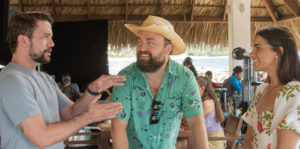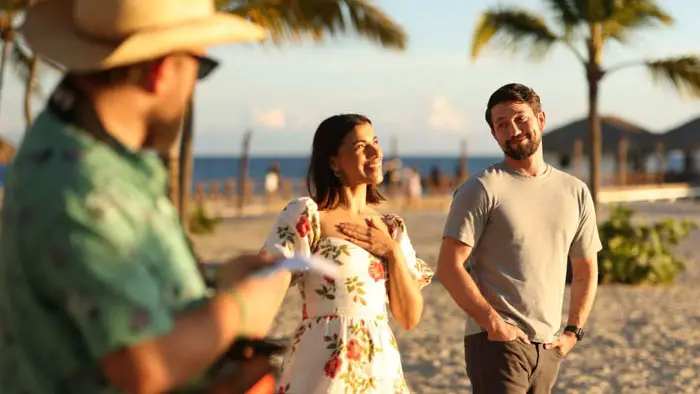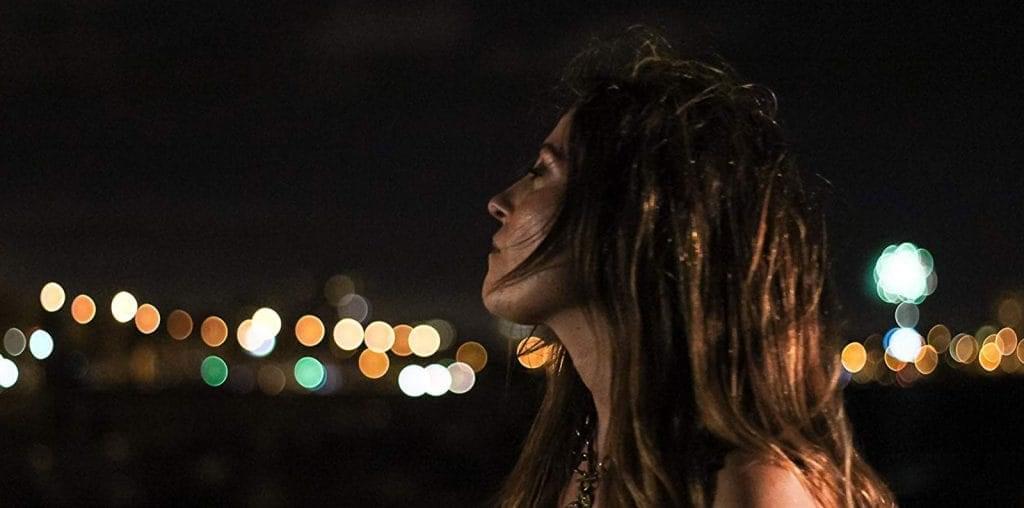
The rom-com is one of the most elegant and sublime genres in the history of cinema. Audiences have been charmed with the likes of Top Hat, Too Many Kisses, Nothing Sacred, Ball of Fire, Trouble in Paradise, and Sleepless in Seattle. Rom-coms make love and courtship appealing to our ever-erratic hearts! If Greta Gerwig’s Barbie and Disney’s Elemental made you long for a revival of the romantic comedy, here is a new film that will remedy the disappointment from those romance buzzkills. Geoffrey Cowper’s newest feature, Books & Drinks, illuminates its festival run with a character-driven rom-com for our cynical world. Director Cowper delves into the film’s creation with optimism and authenticity.
How did the story of Books and Drinks come about?
Geoffrey Cowper: After he saw my first indie feature, Day Release, Martin Rosete approached me and wanted me to meet the writer Josep Ciutat and read a script he had written that he thought I would like. I loved it from the start. Josep and I hit it off, and eight years later, here we are. It’s amazing how long it takes to make movies a reality.
It definitely falls into the classic Romantic Comedy genre. What was the approach to make this story feel fresh?
I’ve always loved Rom-Coms. I think they are generally underrated, and the world needs more of them, especially in these strange, dark times. Obviously, they can be repetitive and boring. We wanted the story to feel real and the characters authentic. What we wanted is for all the characters, besides David, to be their own protagonist in the story so we could understand what they were going through and empathize with them. Also, we didn’t think the comedic element was more important than the fact that we could believe what was going on.

“…told us they could help us make the film thanks to the Dominican cinema law and their incredible tax incentive.”
What was the impetus for setting the film in the Dominican Republic? It’s beautiful.
Everything changed for Books & Drinks when Carol Dudley, Andres Rodriguez, and Pablo Lozano approached us and told us they could help us make the film thanks to the Dominican cinema law and their incredible tax incentive. Eventually, it became a Dominican production, and they were able to get all the funding for the movie. I was in awe when I first visited the DR. It is absolutely gorgeous. I tried to go with my own first impressions so the characters’ experience would be that of a fish out of water being mesmerized by that incredible country. Kudos to the Location Manager, Gregory del Valle, who presented me with the best location on the Island.
Were there any specific challenges or benefits to having the production in the DR?
The challenges I had as a director were that I didn’t know any of the crew or the way they worked (6 days weeks 11 plus 1 hour). And there were some cultural differences that took me a while to grasp and understand. But luckily, I had a great AD, Andrés Curbelo, who had worked in both the Spanish and the Dominican industry and who, with his amazing team, guided me and helped me a lot throughout the preproduction and the shooting. Also, the DOP, Martin Rosete, was another Spanish member of the crew, so that helped us keep control of our creative vision. But it was great to work with Production Designer Lorelei Sainz, her team, and the rest of the departments. Another benefit was working with very warm, hardworking, and talented people who became good friends in no time—and shooting in incredible locations. The catering service was also incredible. I remember eating really well, although I gained some weight while shooting. I remember the names of the dishes were hilarious: mofongo, sancocho, tostones, chicharrones… I can’t wait to go back and make another movie there.

